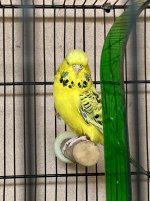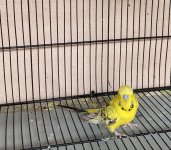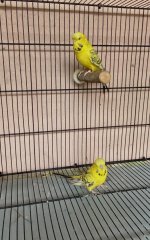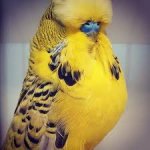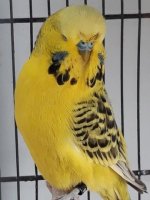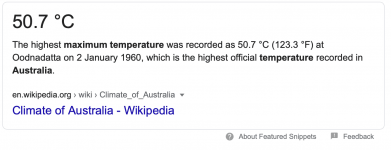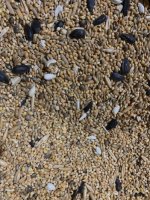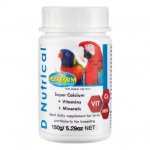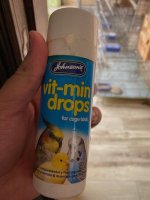Hi,
I hope you guys are fine, safe and doing great!
I have 2 pairs of Exi budgies around 8 months of age. And i am a bit concerned about their growth. I am currently feeding them vagi chop and mix seeds along with greens once a week. I have set up a calcium block in the cage.
Please suggest any diet, supplement or anything that I should add to their diet.
I hope you guys are fine, safe and doing great!
I have 2 pairs of Exi budgies around 8 months of age. And i am a bit concerned about their growth. I am currently feeding them vagi chop and mix seeds along with greens once a week. I have set up a calcium block in the cage.
Please suggest any diet, supplement or anything that I should add to their diet.
